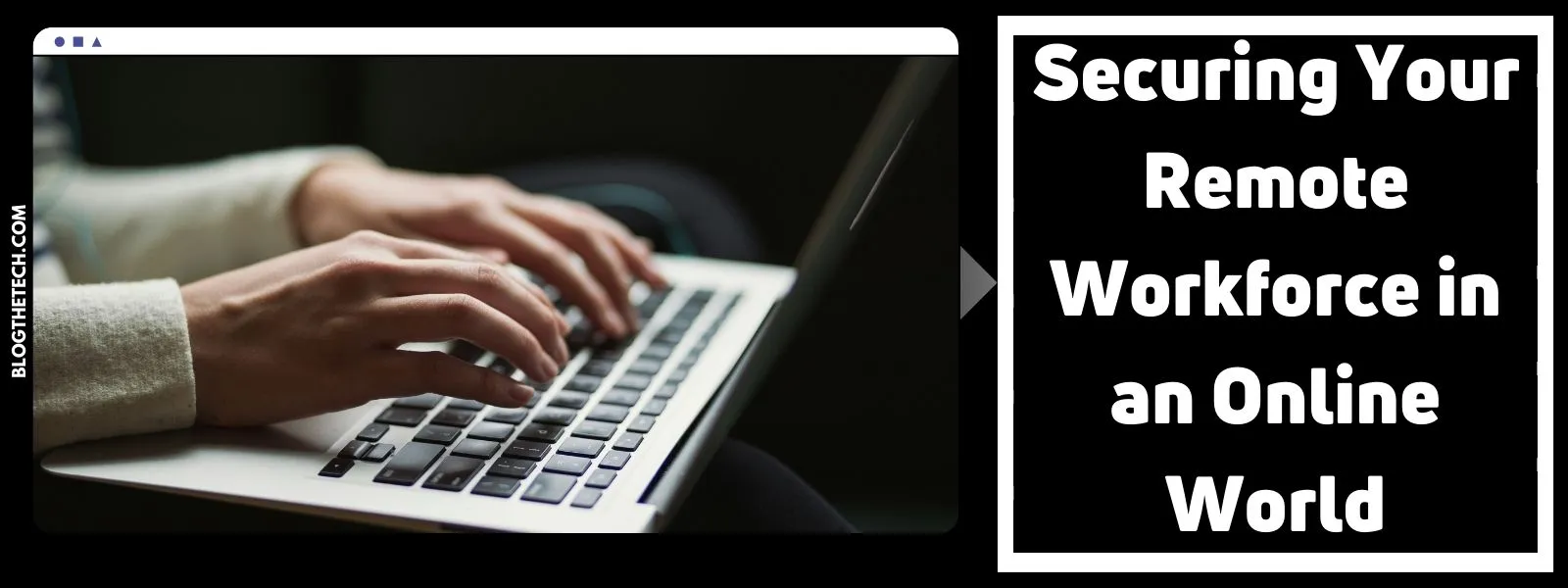In today’s digital workplace, businesses face the challenge of balancing employee autonomy with security. Empowering employees with the freedom to make decisions and work independently fosters innovation, job satisfaction, and productivity. However, with increased access to sensitive information and digital systems, the risk of data breaches, insider threats, and security lapses also rises. The key to managing this balance lies in implementing robust security practices while promoting a culture of trust and autonomy. Here are some best practices to help businesses to achieve this balance.
1. Implement Role-Based Access Control (RBAC)
A fundamental step in managing both security and autonomy is limiting access to information based on an employee’s role. Role-based access control (RBAC) ensures that employees have access to the systems and data they need to perform their duties but no others. You can look at a more in-depth user account provisioning definition here. This minimizes the risk of access to sensitive information by unauthorized people while giving employees the autonomy to manage their own work.
RBAC not only strengthens security but also helps to create clear boundaries within the organization. Employees are empowered to handle their responsibilities independently without the risk of accidentally accessing or compromising sensitive systems.
2. Encourage Open Communication About Security
Building trust within a workplace involves transparent communication, especially about security policies. Rather than framing security measures as restrictive, businesses should educate employees on cybersecurity. By openly discussing potential threats such as phishing attacks or insider risks, businesses can foster a culture of shared responsibility.
Security training should be viewed as an ongoing effort rather than a one-time event. Regular sessions, workshops, and updates on emerging threats can keep employees informed. When employees are trusted with handling sensitive information, they’re more inclined to follow security guidelines rather than circumvent them.
3. Adopt Flexible Security Solutions
With the rise of remote work and bring-your-own-device (BYOD) policies, security must adapt to various working environments. Businesses can adopt flexible solutions like multi-factor authentication (MFA) and single sign-on (SSO) to ensure that employees can securely access systems from anywhere without friction. These measures provide strong security without impeding productivity.
MFA adds an extra layer of security by requiring ID verification through multiple channels, such as a password and a fingerprint or mobile code. SSO simplifies access by allowing employees to use one set of credentials to log into multiple applications. This combination promotes security while maintaining autonomy, allowing employees to work efficiently without cumbersome processes.
4. Monitor and Audit Without Micromanaging
Monitoring and auditing are critical for security, but it’s essential not to turn these measures into micromanagement tools. Employees thrive in environments where they feel trusted, and excessive surveillance can erode that trust. However, businesses must still protect against insider threats, so implementing smart monitoring tools that track behavior passively, without overly intrusive measures, can help to strike a balance.
Behavioral analytics tools, for example, can detect unusual activity, such as attempts to access restricted files or systems outside regular working hours, without constant manual oversight. By using these tools, businesses can maintain security without undermining employee trust.
5. Foster a Culture of Accountability
A key element of balancing control and trust is fostering a culture of accountability. Employees should feel responsible for protecting the company’s data and systems. To achieve this, businesses should clearly define expectations and consequences for failing to follow security protocols.
However, accountability shouldn’t be framed as punitive. Instead, it should be about shared responsibility, where everyone works together to maintain a secure environment. By rewarding positive behavior and offering continuous learning opportunities, businesses can create a workplace where employees are both autonomous and security-conscious.
Conclusion
Balancing control and trust in the workplace is essential for modern businesses. By implementing role-based access control, encouraging open communication, adopting flexible security measures, and promoting a culture of accountability, businesses can empower their employees with autonomy while ensuring robust security. Achieving this balance fosters an environment of trust and productivity, where security and innovation go hand in hand.





